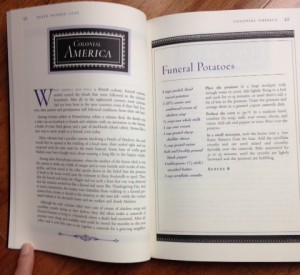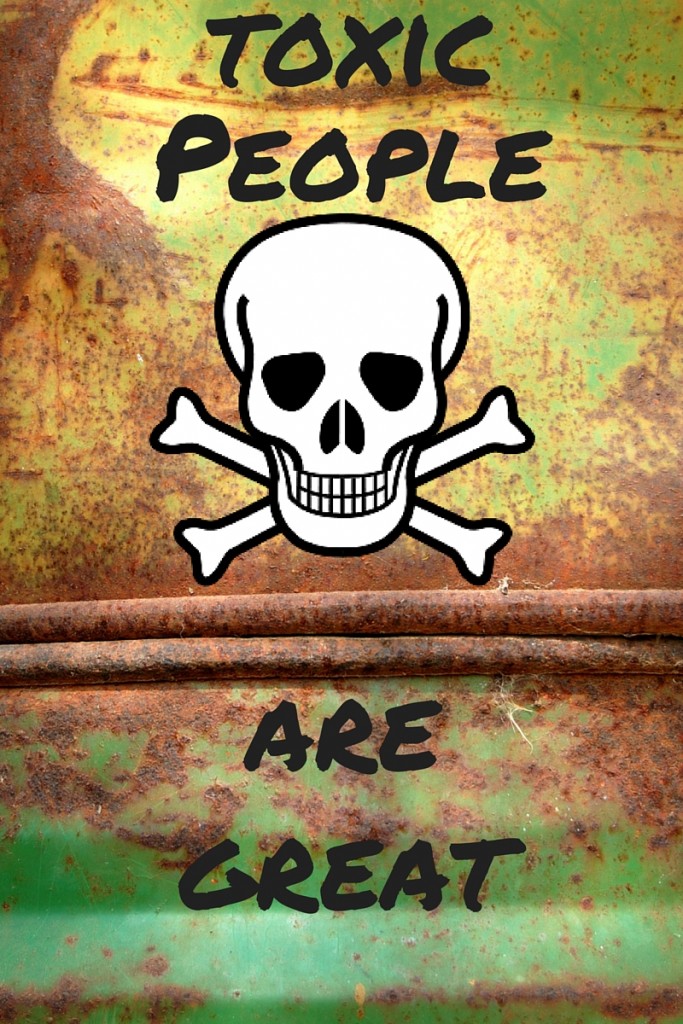- alimony paid or received (or not)—and associated hostility
- business use of home—and the strain it puts on family
- casualty or theft loss—and the aftermath of being a victim of crime
- child and dependent care expenses—meeting them, but also finding such services in the first place
- contributions—a willing tithe to church, or possibly being pressured to support your alma mater
- education expenses—and doubts about whether the degree is worth it
- foreign assets, expenses, taxes, and income—and what to do about off-shore accounts and tax shelters
- gambling winnings (or losses)—and whether to join Gamblers Anonymous
- gifts—and why they were given
- medical and dental expenses—and the trauma of diagnosis, surgery, recovery (or not)
- miscellaneous income and adjustments (They really expect people to report illegal income??)
- mortgage or education loan interest paid—and the continuing burden from years ago
- moving expenses—whether the move was up or down, willing or forced
- sale of home, stock, or other capital assets—and why the sale? Was the market down at the time or up?
- unemployment compensation—whether it was enough, whether it ended too soon, whether filing for it was humiliating
tension
Finding the Fun in Funerals
Or if not fun, at least rich material for writers.
My most recent blog, Embracing Death, touched on this topic tangentially, but really, given all they can do for a story, funerals need their own focus. So, how can writers use funerals?
Burial rituals reflect culture, socio-economic class, and time period—without having to specify such things in the narrative.
Within those broad parameters, many decisions need to be made. What if the relevant relatives disagree on things? Music, prayers, cost of the casket, who speaks at the service, what happens at the graveside. . . What if there is no grave? (The same could apply to memorial services.) Where will the body be buried or the ashes scattered? And so we have the possibilities of coalitions forming. Maybe these reflect already existing ties or loyalties.
What if the deceased person’s wishes to donate organs—or the whole body to a medical school—horrify the survivors? Who will have the final word? Will s/he just announce, or work for cooperation and consensus? And will that succeed?
Often a funeral will bring together people who haven’t seen and/or talked to each other in years. This makes possible happy reunions, but also the resurgence of past rivalries, jealousies, and grievances.
Heirs may start squabbling over their inheritances before the funeral even happens! And it doesn’t have to be millions at stake. In my novel Nettie’s Books (forthcoming), the hostilities erupt over quilts, stoneware pitchers, and a cake plate!
I often find the fun in funerals. My story “The Red Glove” features a drive-through funeral home in Maine. “Wanted” also features a father lying in state at Herschel Southern Drive-Thru Mortuary, resting peacefully behind plate glass.
What about you? If you’re a writer, have you looked on the light side of funerals, or do you write about their inherent tensions?
TAKEAWAY FOR WRITERS
Look on the Dark Side
When Characters Are in Conflict with Themselves: Psychology & Folk Wisdom
The basis of conflict and tension are obvious when two (or more) characters are competing for the same goal, such as a promotion, or when a character is beset by physical danger such as a life-threatening cancer or an approaching hurricane. A threat of any sort to the character or to someone (or something) the character cares about is an excellent source of conflict and tension. But using internal conflicts can add just as much power to your plot.
You can’t have your cake and eat it, too = approach-approach conflict
The character has multiple appealing options but can take only one—e.g., two marriage proposals, only one dessert from a tray of twelve, only one new car, etc. This type of conflict creates the least tension because there is no real downside. It’s all good.

Between a rock and a hard place = between the devil and the deep blue sea = an avoidance-avoidance conflict
Will the character get back surgery or live with the pain? Wash the car or rake leaves? Stay in an unhappy marriage or get a divorce? The reader may feel more sympathy than tension. The level of tension depends partly on the pain the character suffers while weighing the alternatives, and partly on how bad the options are. For example, Sophie’s Choice: to save herself and one child at the price of choosing to send one child to the gas chamber, or refuse to choose and sentence all three of them to death.
Take the bitter with the sweet = an approach-avoidance conflict: one goal with both positive and negative aspects, ultimately resolved in favor of the stronger
Virtually all relationships as well as many other aspects of life fall into this category. One factor affecting the amount of conflict or tension is how nearly the positive and negative aspects are matched (the closer they are in strength, the greater the tension). If an otherwise perfect spouse has one annoying habit, probably no big deal, the marriage is solid; if a buyer is drawn to a white picket fence but the house is practically falling down and overpriced, no-sale is a pretty safe bet. But if a deeply flawed spouse has nearly as many annoying habits as good ones—if the house is in a perfect location with a great school district and enough yard for the seven dogs—it could be a game changer. Comparable positives and negatives will create lots of tension.
A second factor is how important the ultimate outcome is. If I want a Ph.D. to qualify for a college professorship but don’t want to spend the time, effort, and money to go for it—not to mention the risk of failure—big decision, lots of tension potential. If I want a bag of chips from the vending machine but think $2 is an outrageous price—not much tension.
The positive (which pulls the character to approach) and the negative (which pushes the character to avoid) are what psychologists call “valences.” Both diminish with distance—time, physical distance, space. Something far away will affect the character’s immediate behavior and feelings less than something that is imminent.
Love and approach-avoidance conflicts
Love is always a high-voltage relationship, so let’s consider the special instances of approach-avoidance conflicts reflected in absence makes the heart grow fonder; out of sight, out of mind; and can’t live with ’em, can’t live without ’em.
Absence makes the heart go fonder when, with distance, the negative qualities or aspects of the date/lover/spouse exert less influence and the push-away diminishes; the person doesn’t seem so bad. If you aren’t actually hearing the obnoxious laugh, smelling the bad breath, or arguing about politics, the heart grows fonder—though maybe not fond enough to renew the relationship.
Out of sight, out of mind is the opposite: positive value diminishes with distance until the original attraction may have no more pull at all. The sweet kisses don’t mean so much when you aren’t getting any! Ditto sense of humor, help with chores, being a good listener. This is often the source of the “Dear John” letters received by people in the military, in prison, in college far away, etc.
In terms of conflict and tension, can’t live with ’em and can’t live without ’em is the best. One brief detour into psychology: negative valence declines more sharply than positive valence. Soooo, when both valences are significant, the case sometimes evolves in which the sharp decline in the negative crosses the slower decline in the positive valence.

The point where the valences cross is the point of vacillation: closer, and the relationship is so negative that one or both parties withdraw. With greater distance, the positive stays strong longer than the negative and the couple gets back together. These yo-yo relationships can go on for years. This could happen with any type of relationship—playmates to spouses. Whole books have been written by and about couples who marry, divorce, and remarry.
Takeaway for writers
Good writers need to be good psychologists whether or not they ever studied the discipline or use the lingo, just be sure the positives and the negatives are believable for the character and appropriate to the conflict.
Second takeaway
Characters in conflict within themselves can provide plenty of page-turner tension!
Related Posts
Psychology For Writers series
Writing Relationships: Why Not Get the Hell Out of Dodge?
Writers Need Toxic Relationships
The Principle of Least Interest
Why Women Have Sex: Character Motivation Matters
Rational and Irrational Behavior in Your Characters: Guest Post on Thrill Writers
More on Characters
Writing Relationships: Why Not Get the Hell Out of Dodge?
Takeaway for writers
Toxic People Are Great
True? True—in your writing if not in your life. You may recall that last month I wrote about the types of toxic mother/daughter relationships, and how the patterns could hold regardless of who the two people are. You’ll find that this blog is related.
Lillian Glass profiled 30 types of toxic terrors, and just the labels are thought-provoking: cut-you-downer, chatterbox, self-destroyer, runner, silent but deadly volcano, gossip angry pugilist, gloom and doom victim, smiling two-faced backstabber, wishy-washy wimp, opportunistic user; bitchy, bossy bully; jokester, unconscious social klutz, mental case, bullshitting liar, meddler, penny-pinching miser, fanatic; me, myself, and I narcissist; Eddie Haskell, self-righteous priss, snooty snob, competitor, control freak, accusing critic, arrogant know-it-all, emotional refrigerator, skeptical paranoid, instigator.

Translating this into writing: the presence of a toxic character immediately raises tension and conflict. That is their role, to make other people’s lives miserable. But spread the glory: don’t make one character carry the entire burden of toxicity. Consider a couple, apparently happy together but each toxic to other people in different ways.
Glass’s book is basically a self-help book, so she also offers 10 techniques for handling toxic people: tension-blowout (deep breathing), humor, stop-the-thought, mirror (reflecting the behavior back), direct confrontation, calm questioning, give-them-hell-and-yell, give-them-love-and-kindness, vicarious-fantasy, unplug (the person from your life).
Translating this into writing: have your characters deal with the toxic person(s) in different ways, with varying degrees of success. And the inappropriate behaviors that she advises you never to do in real life (e.g., physical violence) are perfectly appropriate—and often effective—in achieving your writerly goals.
Glass offers an exercise for identifying the types of people who drive the reader nuts. As the author, you could complete this exercise for your main characters. Identifying the consistencies might even provide insights about how to make your character(s) richer and more real.
My edition of the book was published in 1997, but toxic people are timeless! This and several of her other books are available on Amazon, and I urge you to consider whether it would be helpful to you.
Related Posts
Psychology For Writers series
Writers Need Toxic Relationships
The Principle of Least Interest
Why Women Have Sex: Character Motivation Matters
Rational and Irrational Behavior in Your Characters: Guest Post on Thrill Writers
More on Characters
Books for Writers: Deborah Tannen
Making Weather Work For You
In my blog about writers on writing, I gave you Elmore Leonard’s first rule: Never start a book with the weather. His expansion on this said that unless you are writing about a character’s reaction to the weaker, keep any weather mentions minimal.























